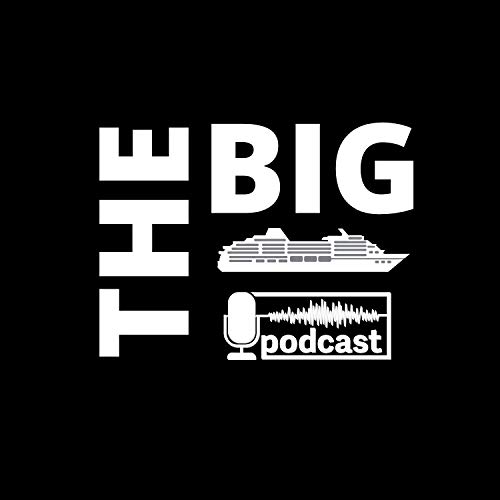Queen Elizabeth’s WWII Service
In 1940 the Cunard Liner RMS. Queen Elizabeth set sail on her maiden voyage. At the time, she was the largest ship ever built. Queen Elizabeth was to be the pride of the Cunard-White Star fleet. But her maiden voyage was unusual, as the ship was not carrying any passengers, and only had a small skeleton crew aboard. And Queen Elizabeth was sailing under complete secrecy!
Departing Greenock in March 1940, the 83,000 ton ship was expected to make a short voyage to Southampton to provision before heading to New York. But when at sea, the Captain opened sealed orders, revealing that the untested and untried ship must sail for New York. The new liner made a “mad dash” at high speed, safely making her way across the North Atlantic Ocean – to escape the Nazi Luftwaffe, that had been sent to Southampton to locate and destroy the ship.
Wartime Service:
Queen Elizabeth went on to serve as a troop ship in World War II. Requisitioned as a troop carrier, Queen Elizabeth sailed for Singapore where the ship was converted into the world’s largest troop carrier. Queen Elizabeth hadn’t yet been completed as a passenger liner, and externally the ship was painted grey before departing Scotland.
During the conversion, Queen Elizabeth’s large First Class dining room became the main mess hall – due to its large size – while Officers were welcomed into the smaller and more intimate Tourist Class dining room. The majority of Queen Elizabeth’s cabins didn’t have private bathrooms, so the shared bathroom facilities were enlarged, as were the galleys in order to accommodate the increased passenger capacity.
Structurally, both Queens were altered with reinforced protective covers on the bridge windows, sand bags utilised aboard to protect vulnerable areas and the installation of degaussing coils to reduce the risk of contact with sea mines. The two Cunarders were fitted with anti-aircraft guns – though in reality their speed of over 30 knots was their primary defence against enemy attack.
At the end of the conversion Queen Elizabeth was able to carry up to 10,000 troops. Queen Elizabeth joined Queen Mary on trooping services in 1940, and the two huge ships sailed in convoys with other requisitioned ocean liners.
When the United States of America entered World War II, the Cunard Queens were redeployed to the North Atlantic troop service, to aid preparations for the D-Day landings. As the need to move troops increased, both ships were altered to up carrying capacity even further, with both Queens regularly transporting over 15,000 people.
It was this massive trooping impact – and the advantage it gave the Allied War Effort – that led Sir Winston Churchill to acknowledge these great Cunarders as having helped to shorten the war – saying:
“Built for the arts of peace and to link the old world with the new, the queens challenged the fury of Hitlerism in the battle of the Atlantic. Without their aid, the day of final victory must unquestionably have been postponed.”


